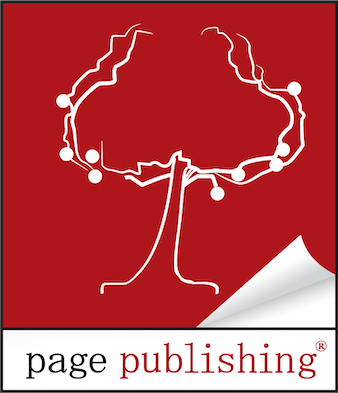
In today’s digital age, having a professional and engaging author’s webpage is crucial for building your brand and connecting with your audience. Whether you’re a seasoned author or just starting out, your website serves as a hub for your writing career, offering a space to showcase your work, engage with readers, and establish your online presence. Here’s a guide to the essential elements every author’s webpage should include:
1. Title and Branding
Title: The title of your webpage should clearly reflect your identity as an author. It often includes your name or pen name and may also incorporate a tagline that hints at your writing style or genre
Branding: Consistent branding helps create a memorable and professional image. Use a logo or a distinct font that reflects your personality and writing style. Choose a color scheme and design elements that complement your brand.
2. Homepage
Welcome Message: Your homepage should include a warm, engaging welcome message. Introduce yourself briefly and explain what visitors can expect from your site.
Featured Content: Highlight your latest book, upcoming events, or recent blog posts. Make sure to include eye-catching visuals like book covers or promotional banners.
Navigation: Ensure your homepage has clear and intuitive navigation to other parts of your site, such as your biography, books, blog, and contact information.
3. Author Biography
About the Author: Share your background, writing journey, and any relevant personal details that connect with your audience. Include a professional photo to give readers a sense of who you are.
Achievements: Mention notable achievements, awards, or recognitions that add credibility and showcase your success as an author.
Personal Touch: Adding personal anecdotes or insights can help readers connect with you on a deeper level.
4. Books and Works
Book Listings: Create a dedicated section to showcase your books. For each book, provide a brief synopsis, cover image, publication details, and links to purchase or order.
Excerpts: Consider including sample chapters or excerpts to give readers a taste of your writing.
Series or Collections: If you have a series or multiple collections, organize them in a way that’s easy for visitors to explore.
5. Blog
Updates and Insights: Use your blog to share updates about your writing process, book releases, and literary events. Offer insights into your work or writing journey to engage your audience.
Guest Posts and Interviews: Feature guest posts or interviews with other authors or industry professionals to provide diverse content and expand your reach.
Reader Interaction: Encourage comments and discussions to build a community around your writing.
6. Media Kit
Press Releases: Include press releases or media coverage about your books or events.
Author Photos: Provide high-resolution images of yourself for media use.
Book Covers: Offer downloadable images of your book covers for media and promotional purposes.
7. Events and Appearances
Upcoming Events: List any book signings, readings, or speaking engagements. Include dates, locations, and any relevant registration or ticket information.
Past Events: Highlight past events with photos or summaries to demonstrate your active presence in the literary community.
8. Contact Information
Contact Form: Provide a contact form for inquiries from readers, media, or event organizers. Ensure it’s easy to use and accessible.
Social Media Links: Include links to your social media profiles so visitors can follow you and engage with you on various platforms.
Newsletter Signup: Offer a way for visitors to subscribe to your newsletter for updates on new releases, events, and exclusive content.
9. Additional Features
Search Functionality: Implement a search feature to help visitors easily find specific content on your site.
Reviews and Testimonials: Showcase positive reviews or testimonials from readers or critics to build credibility and attract new readers.
Accessibility Features: Ensure your site is accessible to all users by following best practices for web accessibility.
10. Design and Usability
Responsive Design: Ensure your website is mobile-friendly and looks great on all devices.
Easy Navigation: Organize your content with a clear, user-friendly layout. Make it easy for visitors to find what they’re looking for.
Loading Speed: Optimize images and other elements to ensure your site loads quickly, providing a better user experience.
Creating an effective author’s webpage involves more than just showcasing your books; it’s about building a platform that reflects your brand, engages your audience, and supports your career. By incorporating these essential elements, you’ll create a professional and inviting online presence that helps you connect with readers and advance your writing journey. Happy web designing!
